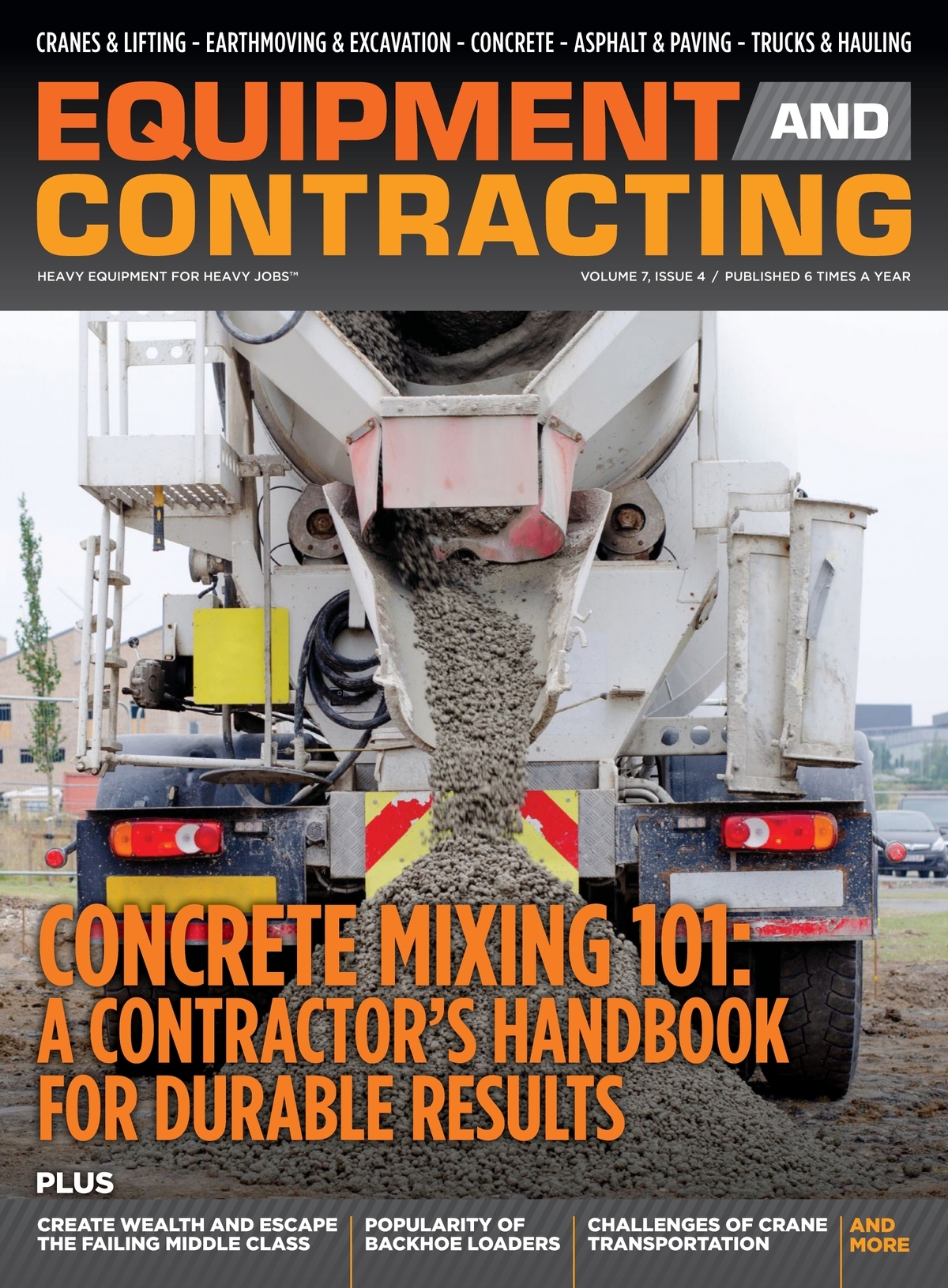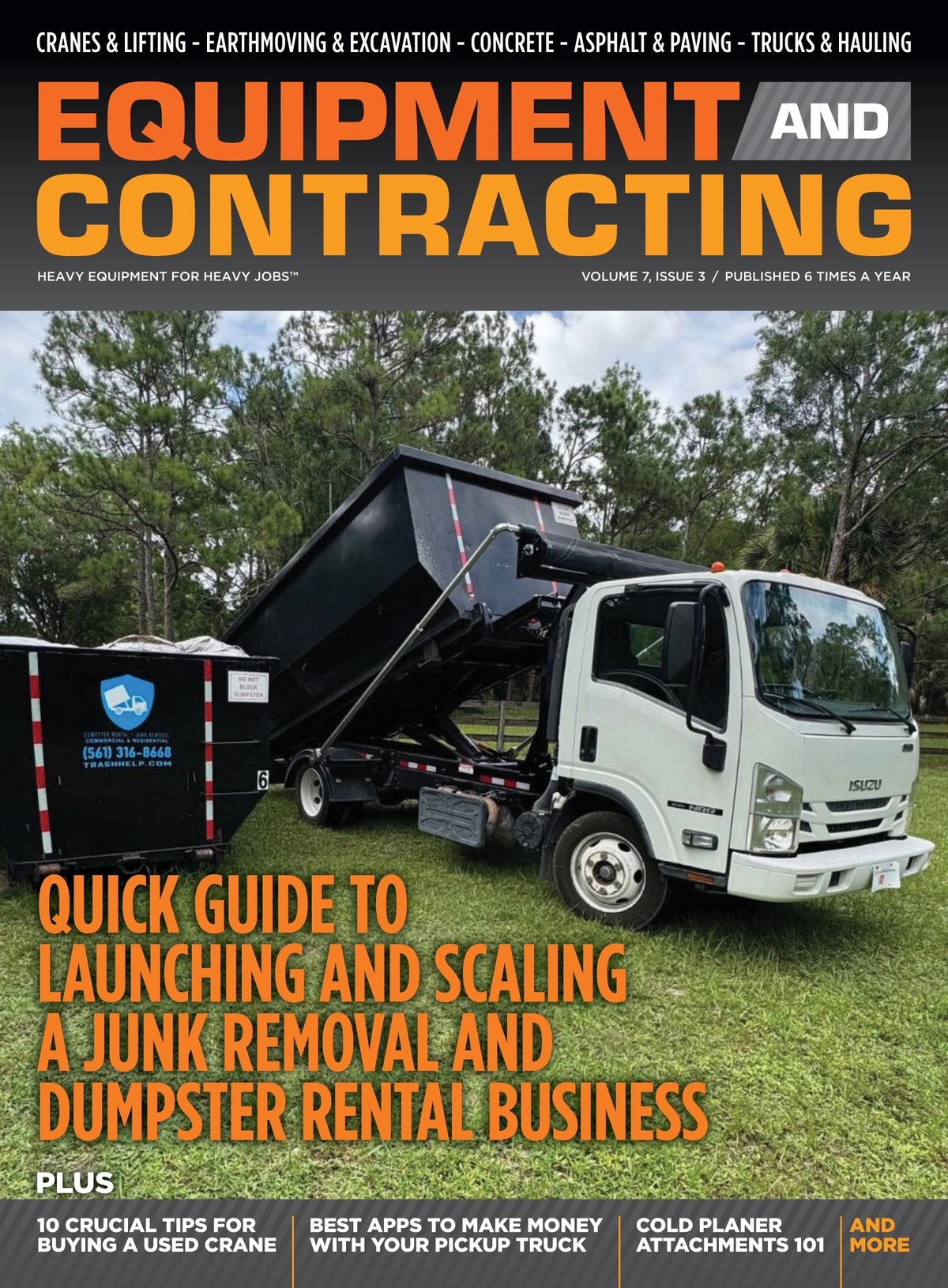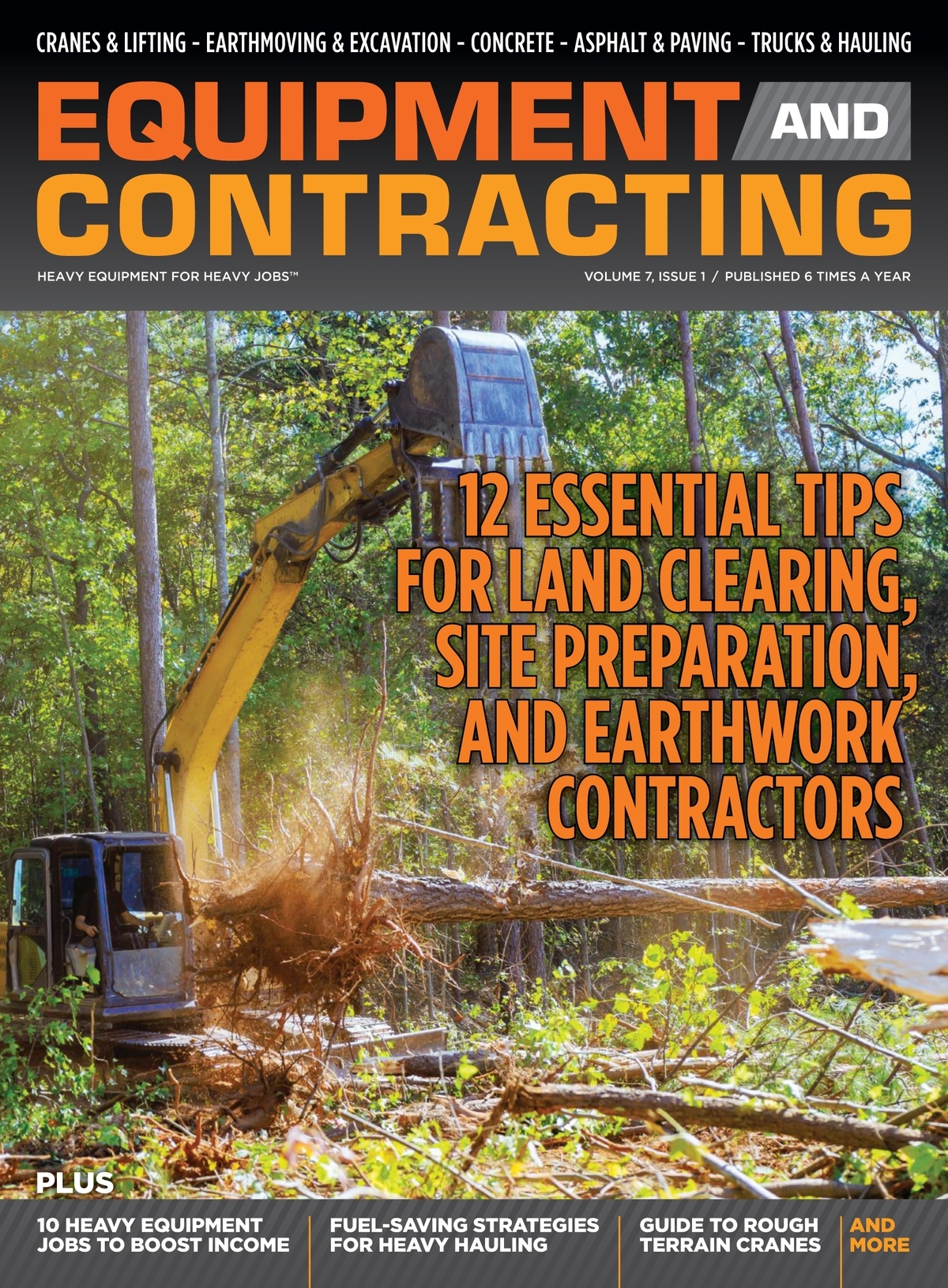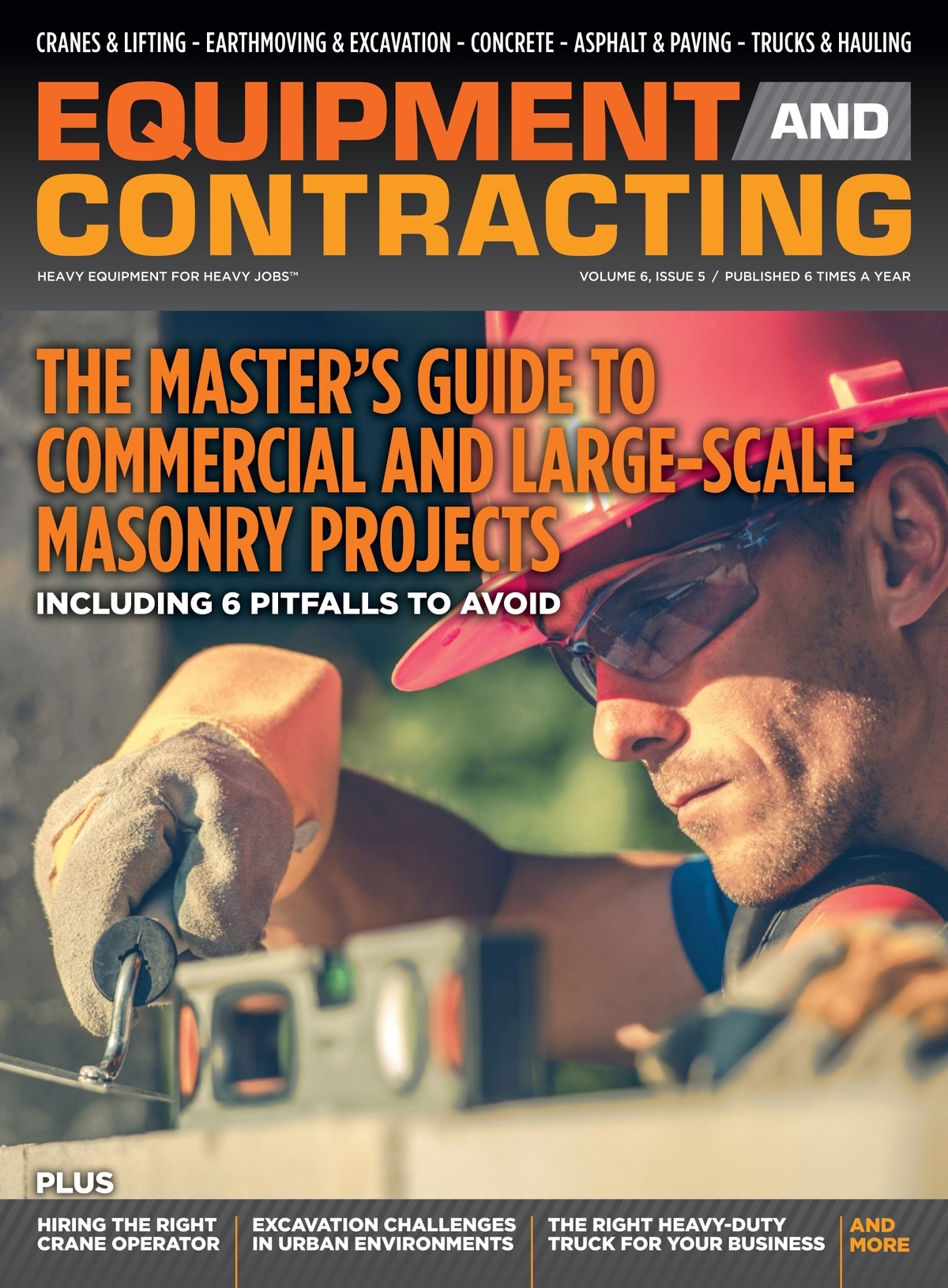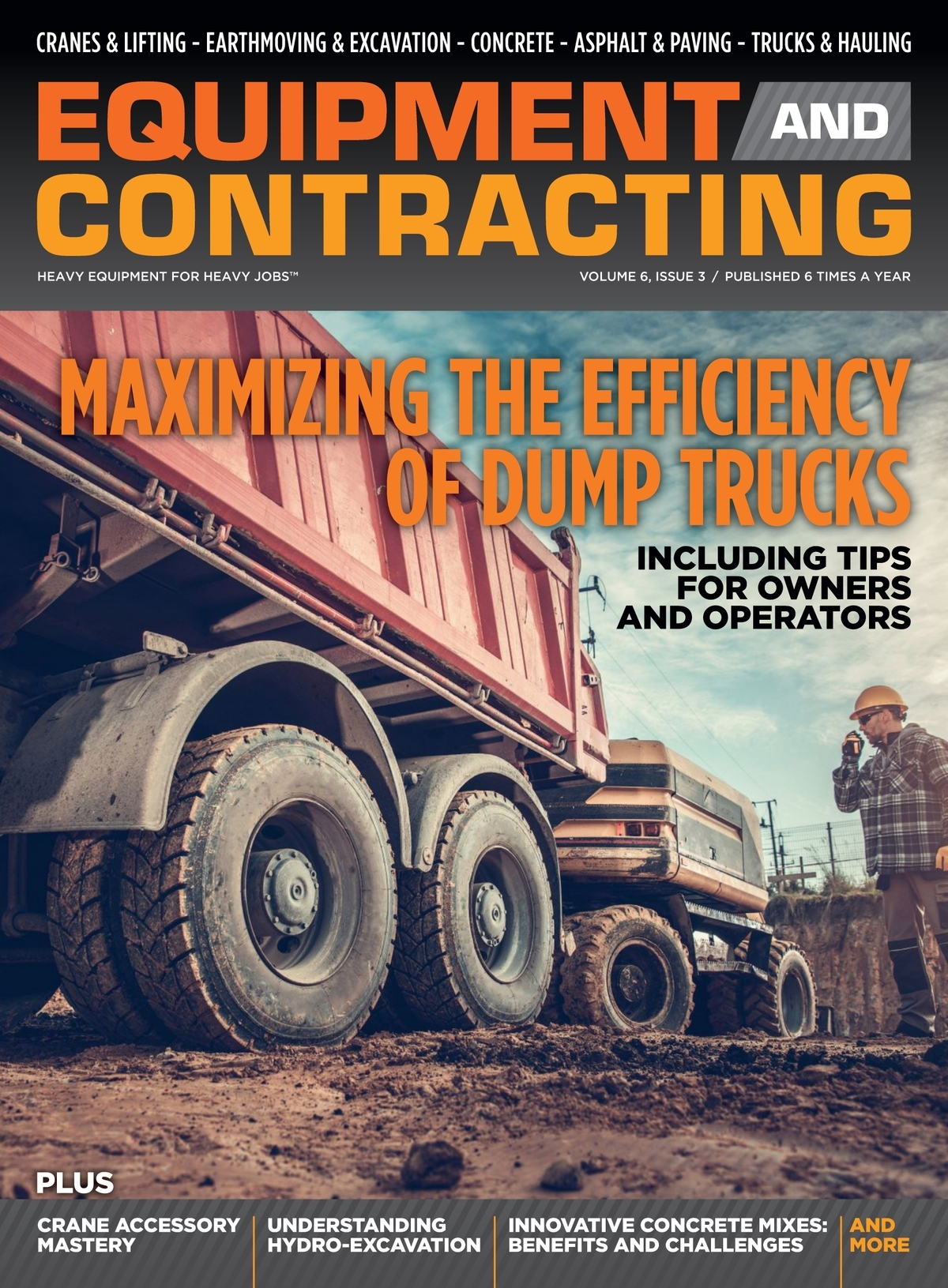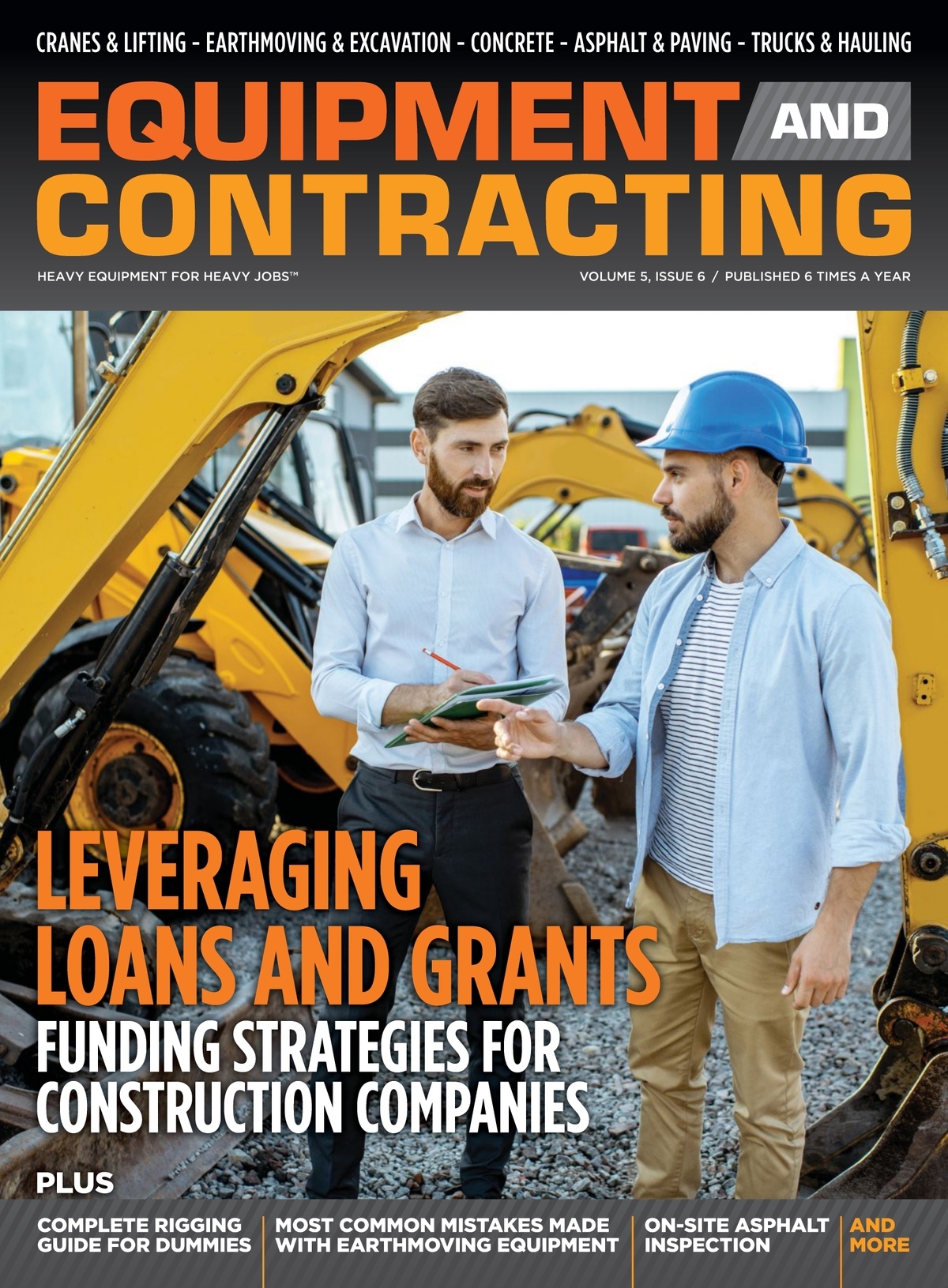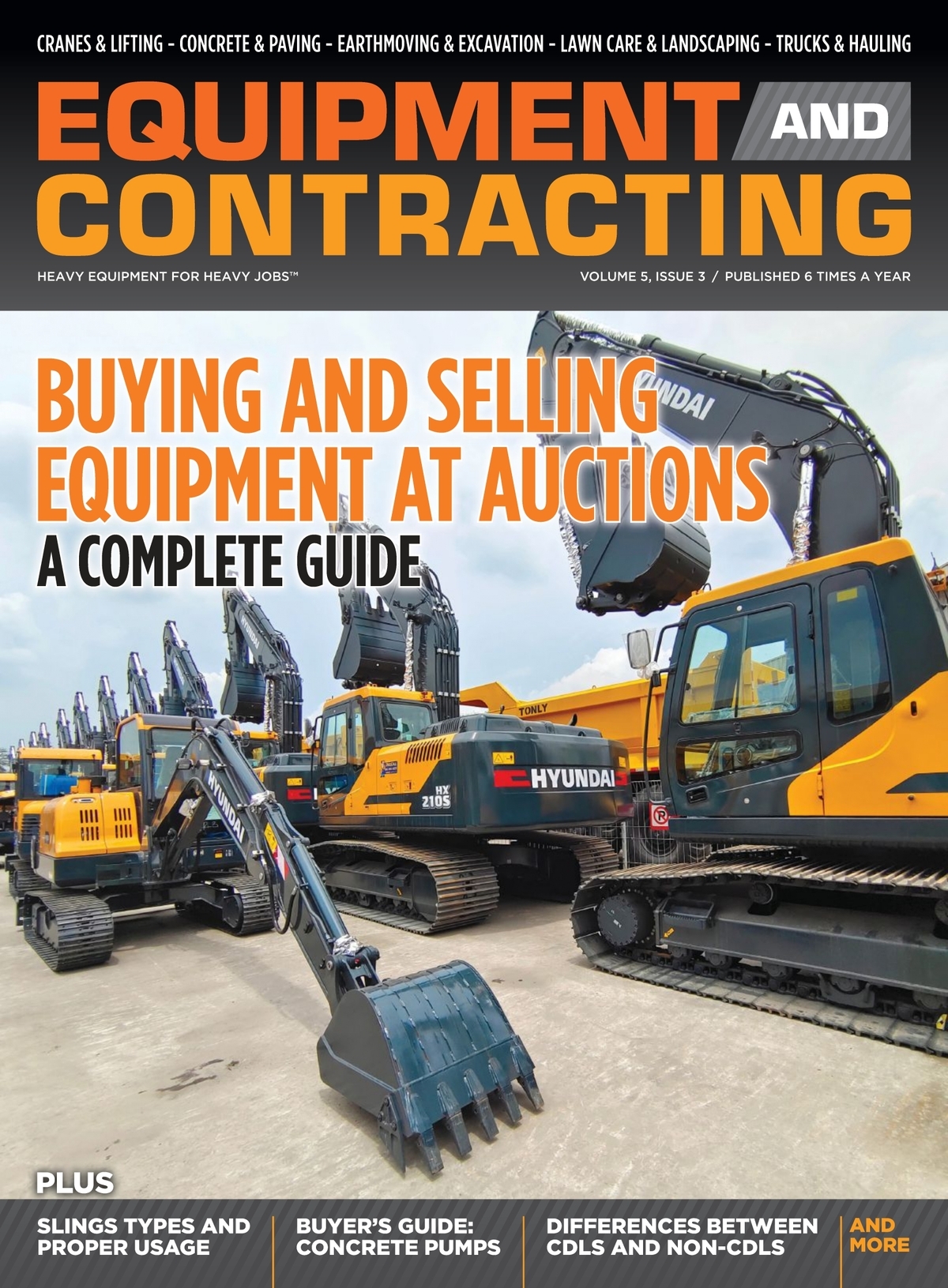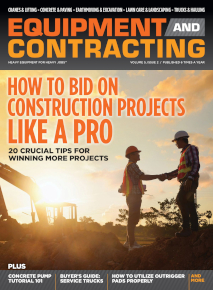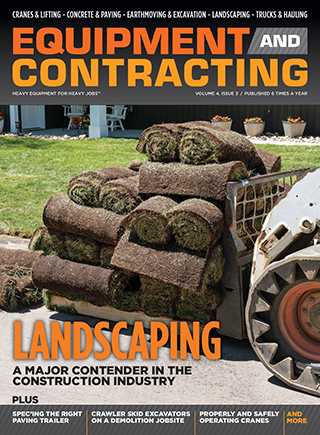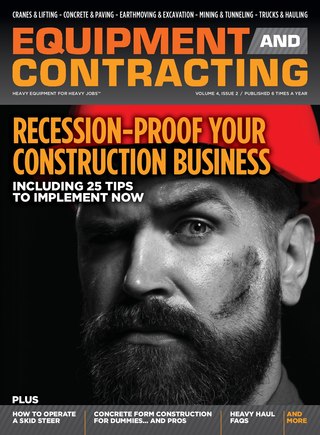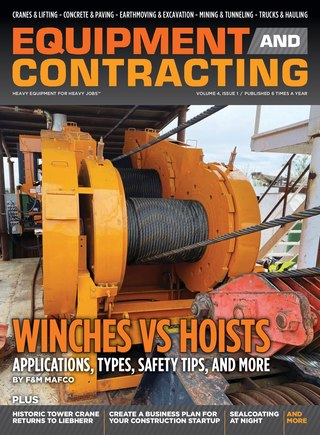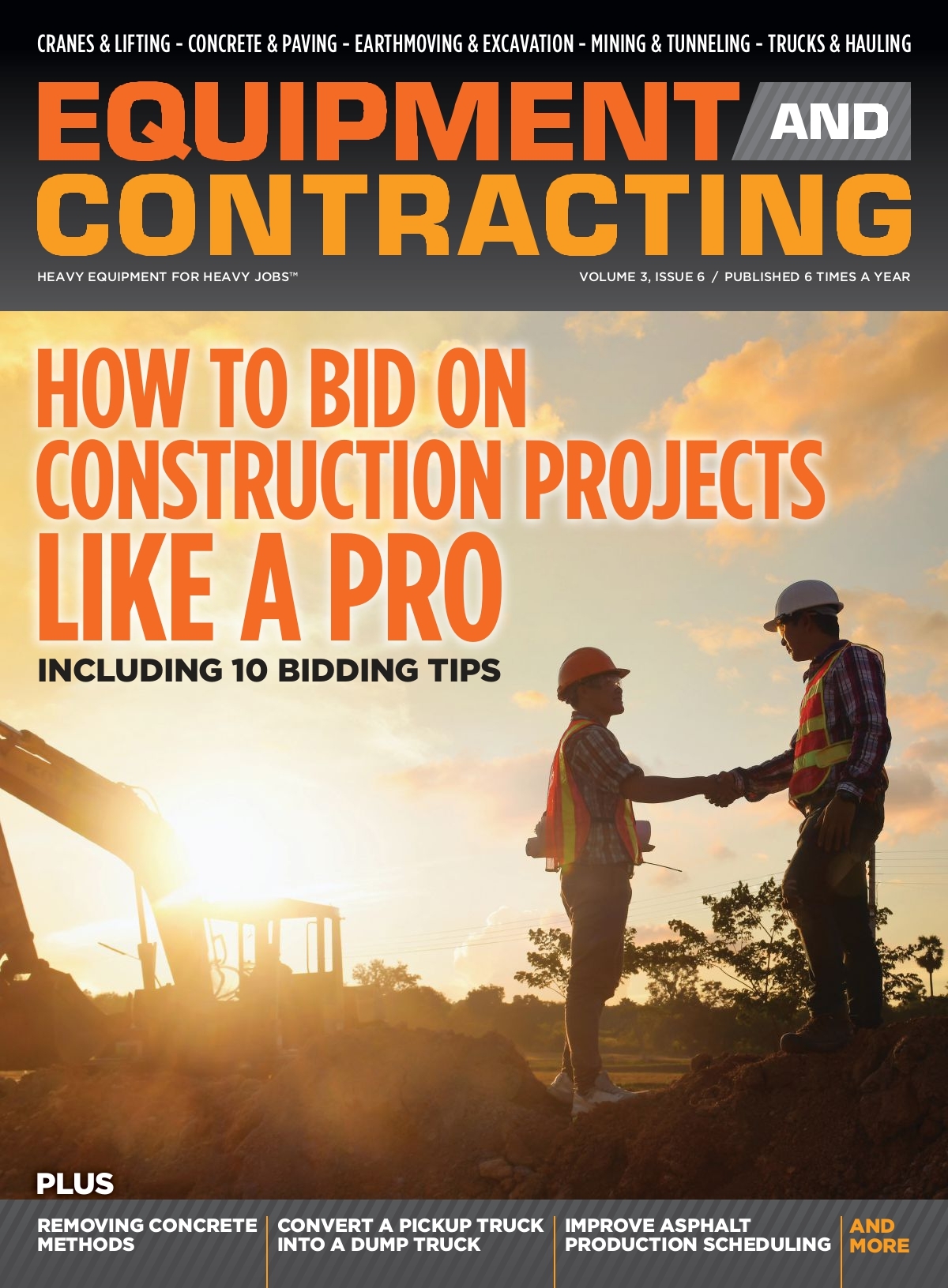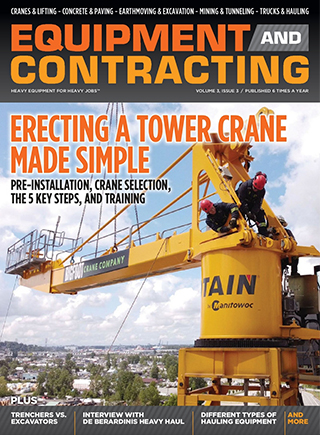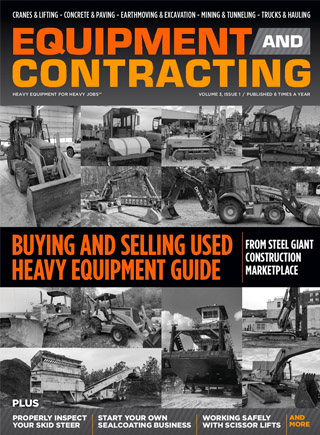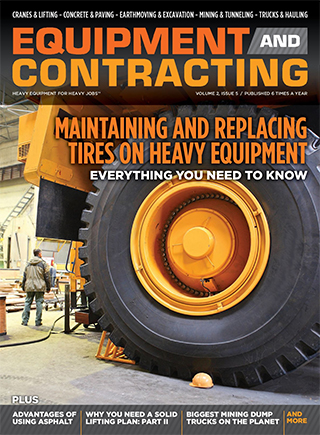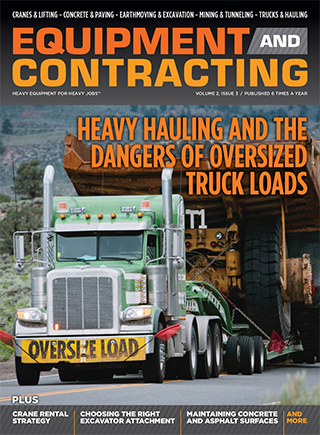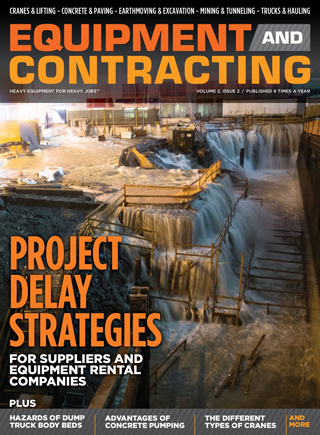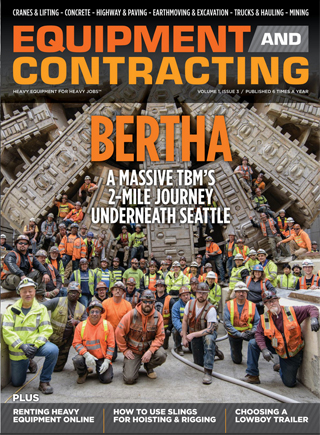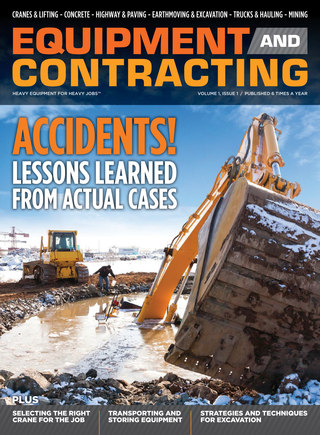
Purchasing a used crane can be a smart business move. You save on upfront costs, shorten lead times, and can often find equipment that’s already proven in the field. Yet, these benefits come with risks. Without proper inspection, contractors may inherit costly maintenance issues or safety liabilities. Knowing what to look for is essential before committing to any deal.
Structural Damage or Fatigue
Cracks, Corrosion, and Deformation
A crane’s structural components endure constant stress, lifting heavy loads in demanding environments. Over years of use, boom sections, joints, and frames can develop cracks or corrosion that compromise stability. Even minor dents or rust patches on the boom can signal deeper fatigue. Before making any offer, inspect all welded joints and load-bearing parts for signs of wear. When browsing listings of used cranes for sale, check for verified inspection reports or third-party condition certifications that confirm structural integrity.
Hidden Repair Work and Incomplete Documentation
A clean exterior doesn’t always mean a clean record. Cranes that have been previously damaged may have undergone welding or component replacement. Always ask for maintenance logs, inspection certificates, and repair records. If these are missing or vague, consider it a red flag. Buying through platforms that pre-inspect and verify listings, such as trusted crane brokering services, can greatly reduce the chance of hidden issues.
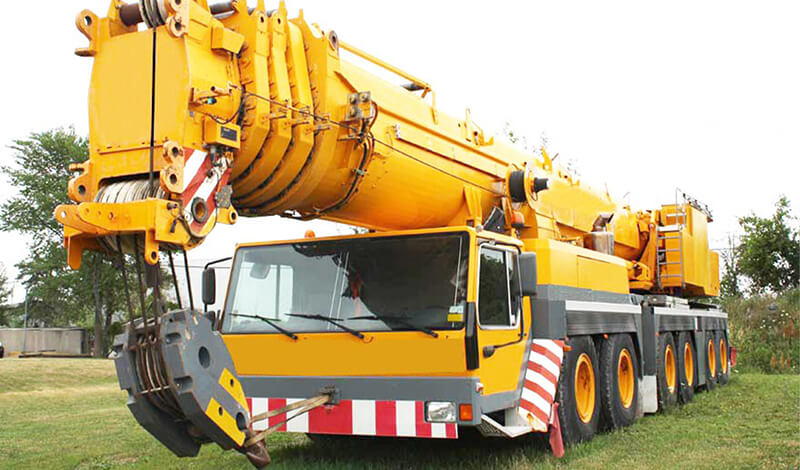
Hydraulic System Problems
Leaks, Sluggish Movement, and Contamination
The hydraulic system is the lifeblood of a crane. It powers lifting, telescoping, and slewing functions. Leaks, jerky motion, or unusual noises during operation can point to failing seals or pumps. Inspect hoses, cylinders, and fluid levels carefully. Dirty or milky hydraulic fluid may mean contamination or neglected maintenance. Buyers interested in hydraulic truck cranes should pay particular attention to the system’s responsiveness and pressure stability before committing to purchase.
Maintenance History and Replacement Parts
Routine hydraulic maintenance is critical for performance and safety. Ask whether the filters and fluids have been changed according to manufacturer schedules. Consistent maintenance records indicate reliability. If you anticipate future component replacements, verify the availability of parts from a reputable crane parts marketplace. This ensures long-term serviceability and avoids extended downtime caused by hard-to-find components.
Outdated or Faulty Safety and Control Systems
Non-Compliant Electronics and Warning Devices
Modern cranes are equipped with electronic systems that monitor loads, boom angles, and operational safety limits. In older or poorly maintained machines, these systems may malfunction or fail to meet current regulatory standards. Check that the load moment indicator (LMI) functions correctly and that sensors and alarms respond accurately. Faulty controls can compromise both efficiency and safety on site.
Electrical Lag and Inconsistent Controls
If controls feel unresponsive or lag between input and motion, that could indicate wiring degradation or outdated electronics. For complex models such as all-terrain cranes or rough-terrain cranes, ensure every control mode works smoothly and that the machine meets the latest operator safety standards.
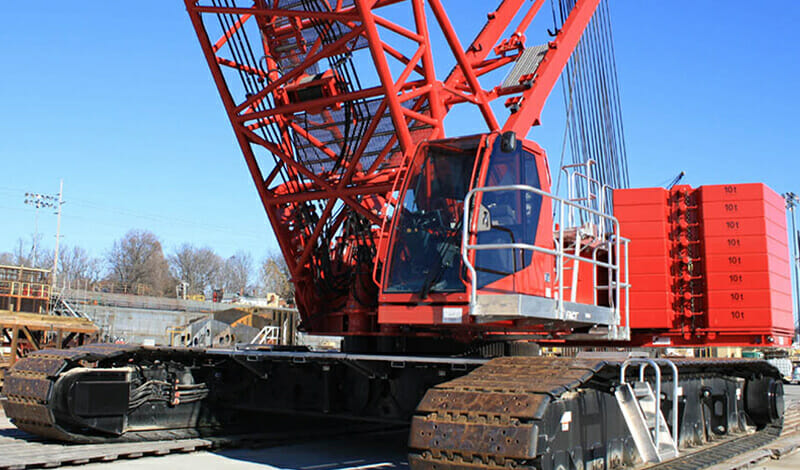
Unverified Usage History
Missing Service Logs and Hour Tracking
A machine’s operational history can tell you how it’s been treated. Without documentation, you’re left guessing about usage intensity and maintenance quality. Request operating hour records, inspection reports, and ownership documentation. Inconsistent records often suggest lapses in maintenance or overuse. Reputable listings for crawler cranes or other heavy equipment typically include detailed service histories that help buyers evaluate long-term performance.
Harsh Operating Conditions
Cranes used in marine, industrial, or chemical environments face accelerated wear due to corrosion and heavy duty cycles. Even with low hours, exposure to extreme conditions can shorten a crane’s lifespan. If the previous owner operated the crane in saltwater regions or near abrasive dust, assess for internal corrosion and inspect electrical connectors and undercarriages closely.
Parts Support and Resale Considerations
Limited Parts Availability
A key factor when buying used equipment is access to replacement parts. Certain older models may no longer be supported by the manufacturer, making maintenance costly or impractical. Before you finalize a deal, confirm that spare parts are readily available through a reliable crane parts marketplace. A crane that seems affordable initially could become expensive to maintain if parts are scarce.
Resale Value and Long-Term Suitability
Consider how easily you could sell or trade the crane in the future. Machines from established brands like Grove, Link-Belt, Terex, and Demag often retain better resale value due to broad dealer networks and strong service support. If you plan to upgrade, check platforms where you can sell your used crane quickly while maintaining fair market pricing. This flexibility protects your investment and improves overall return on ownership.
A used crane can be an excellent investment when purchased carefully. Paying attention to structural integrity, hydraulic performance, control systems, service history, and parts support helps prevent unexpected downtime and safety hazards. Always verify documentation, conduct a physical inspection, and source from verified listings. By taking these precautions and consulting with reputable marketplaces that offer quality cranes for sale, you ensure that your next acquisition delivers long-term reliability, strong performance, and lasting value for your operation.


